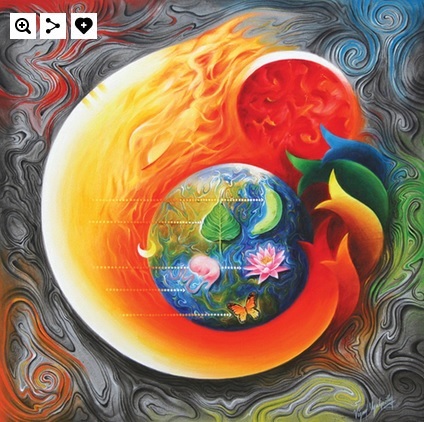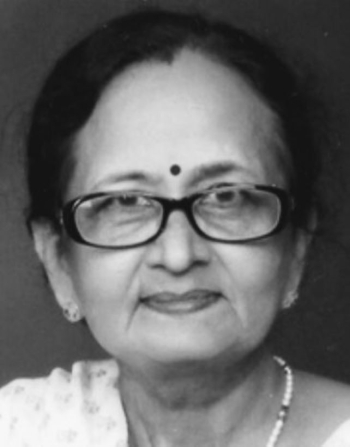
Ever been to a dinner party or a get together and heard people discuss about abstract art and felt annoyed that you don’t have your two cents to throw in? What is abstract art and why are so many people taking a keen interest in it these days? The word abstract itself means not relating to reality. So abstract art is an art form that portrays real world object in a non representational and schematic way. In the modern times, the word abstract is very liberally used to describe anything that is supposed to break the norms and conventions that have been used till date.
Famous abstract artists such as Pablo Picasso, Salvador Dali and Jackson Pollock have graced us with their presence and painted master pieces that will continue to inspire the generations of artisans to come. A lot of people do the mistake of underestimating the effort and difficulty that goes in creating of an abstract art price. This is because of their lack of understanding of the abstract art, its history and the processes that are involved. So let us have a look at some famous abstract art movements that influenced the ways of abstract art as it is done today.
Realism: Way back in 19th century, when there was no concept of abstractness and paintings were done for rich people and the church only, paintings were all representational. The realism movement focussed entirely on representing the subject as it was, without any tinge of drama or any other emotion. Situations were replicated on the canvas as they were, in all their truth, honesty and accuracy. Scenes of rural folks working, urban class struggling, street life, social aggregations were the most common that were depicted through realism art. Sensual subjects were also touched and they did upset the papal and high class people, and that’s when people knew that a gritty approach was being adapted and the world of art is going to be changed for the good. The stone breakers by Gustave Coubet, Sunshine by Nathalie Hill and reading the will be David Wilkie are some of the famous abstract art that depict the concept of realism.
Expressionism: Expressionism is a famous abstract art movement that emerged in the 20th century and turned out to be a stepping stone in the emergence of abstract art. A lot of artists used it as a medium to convey their state of mind and by using different techniques of brushstrokes and combinations of colours they displayed their work on the canvas. Edvard Munch’s Scream is a perfect example of expressionist art. The artist used distorted images and merging colours to display the battle between an individual and the society in this iconic painting of his. By just having a look at the painting, one can easily understand the alienated state of mind Munch much be going though while painting this masterpiece.
Surrealism: What is art without a little experimentation? Emerging in 1920s Surrealism toyed with the idea of merging reality with dreams. A surreal art leaves the viewer in a bizarre state of mind and it takes more than just one look to get the hold of everything. Surrealism allowed the artists to implement the realities of life in a way they deemed fit. It challenges the power of imagination and urges the artists to the think out of box to convey messages. Ideas are shapeless yet surrealism art tried to give them a form. Salvador’s Dali “The persistence of memory” is one of the most famous abstract art that falls in the category of surrealism. Many experts say that the painting is an artist’s interpretation of Einstein’s theory of relativity. The surreal art movement focuses on viewing and understating the world through the mind, not eyes.
Impressionism: It emerged in the late nineteenth century and was the first movement away from realism. It focussed on artists’ interoperation of subject rather than its realistic form. The impressionist artists used it very well to their advantage and would paint everything from their point of view. They would experiment with the painting techniques and use of colours to come with something entirely unique. An impressionist painting tells a lot about the artist as it does about the subject. Vetheuil in the Fog by Claude Monet, Paris Street, Rainy Day by Gustave Caillebotte, At the Opera by Mary Cassatt and Girl with a Hoop by Pierre-Auguste Renoir are some very famous abstract art paintings that fall in the category of impressionism.
What may appear like a basic paint stroke to one, may mean an entire distinctive thing to the craftsman who put it there in any case. All fine arts and styles are wonderful; and abstract art goes that additional stride to attempt keep all of us socially instructed and makes the point to propel us to communicate in extraordinary imaginative ways.





















